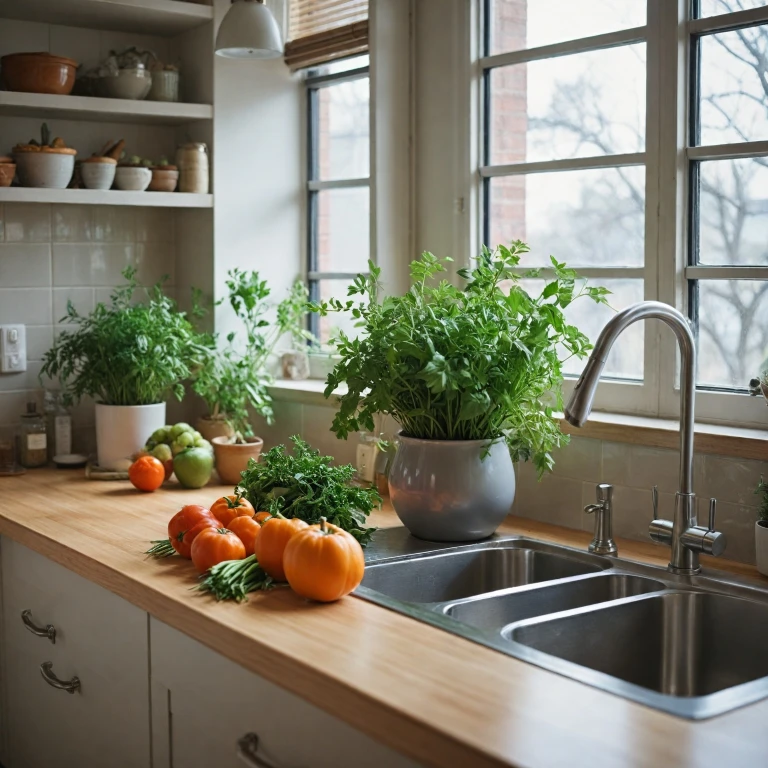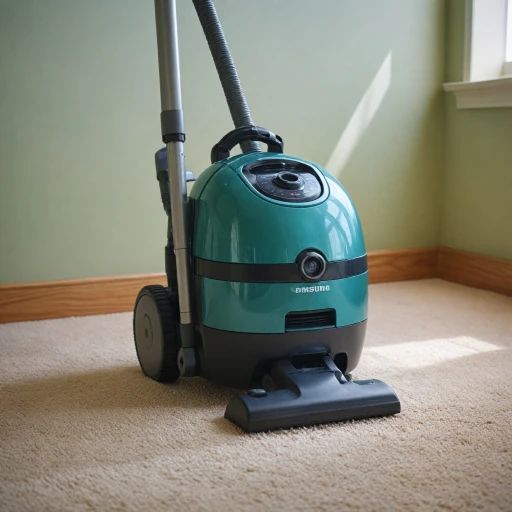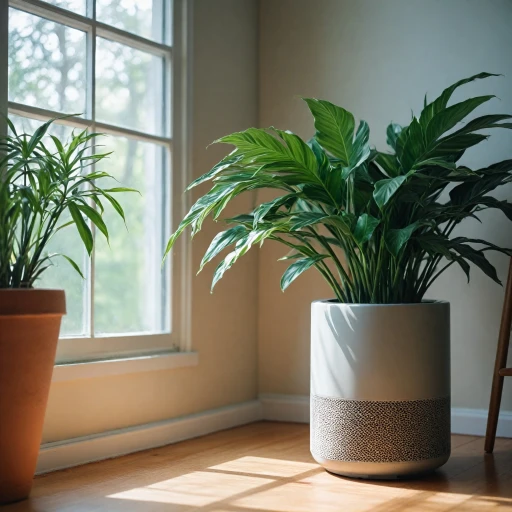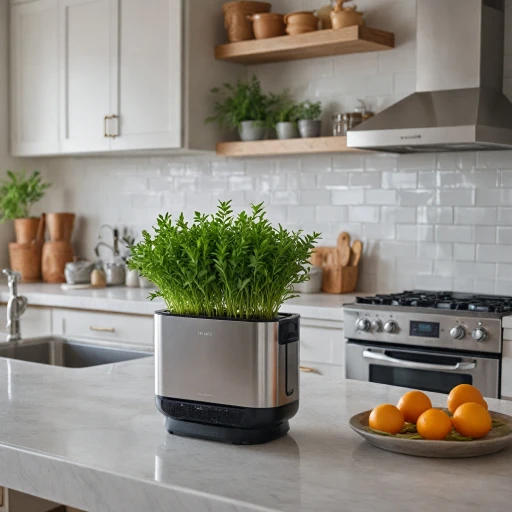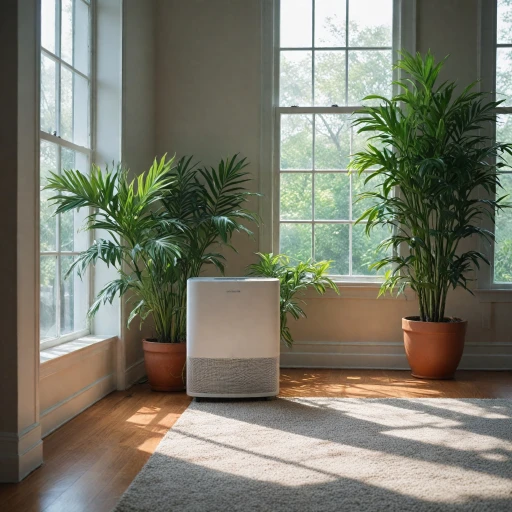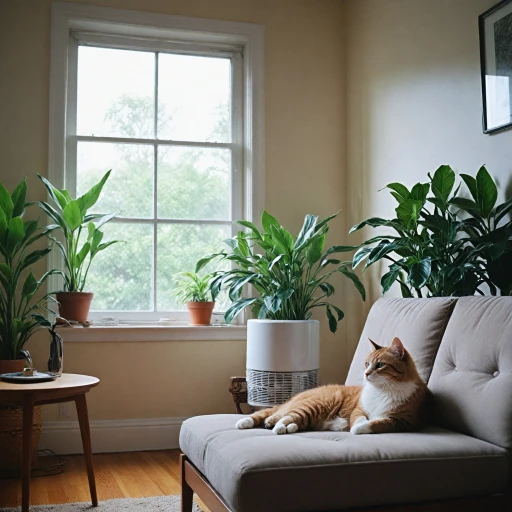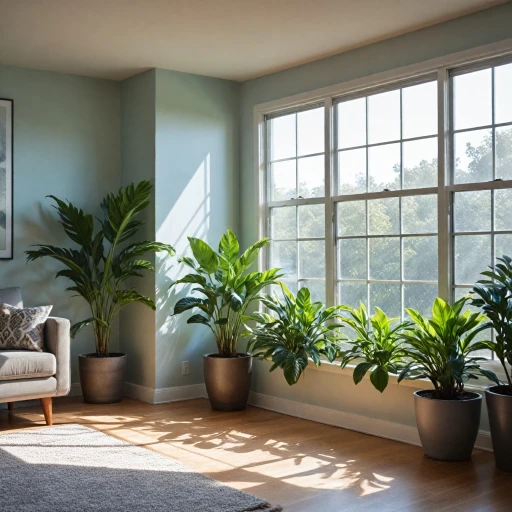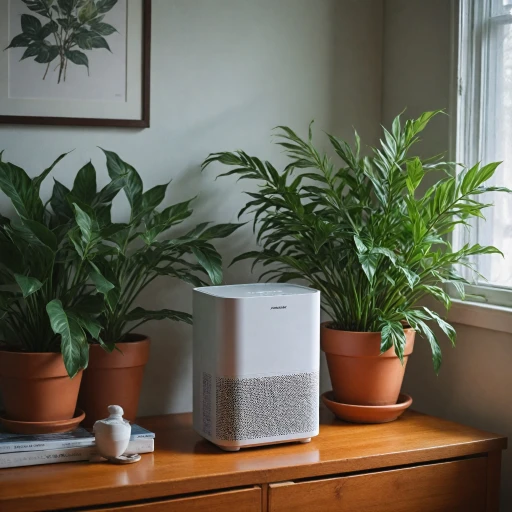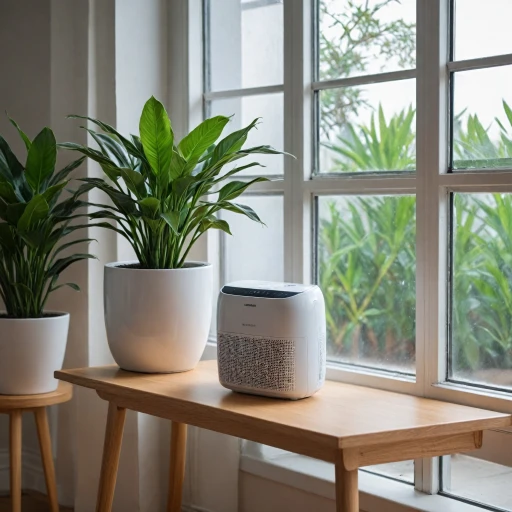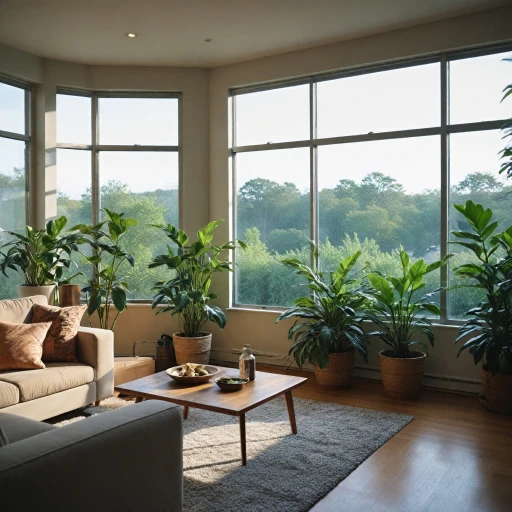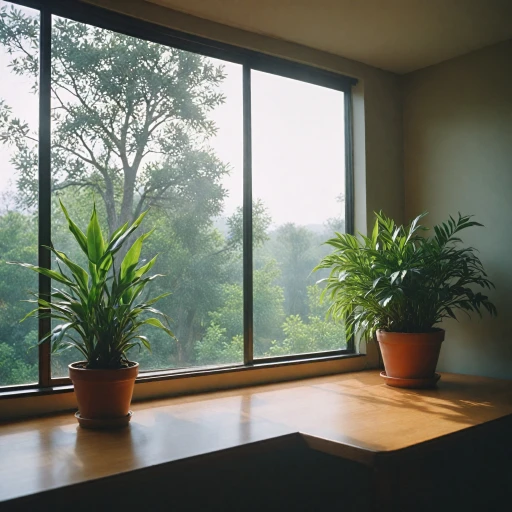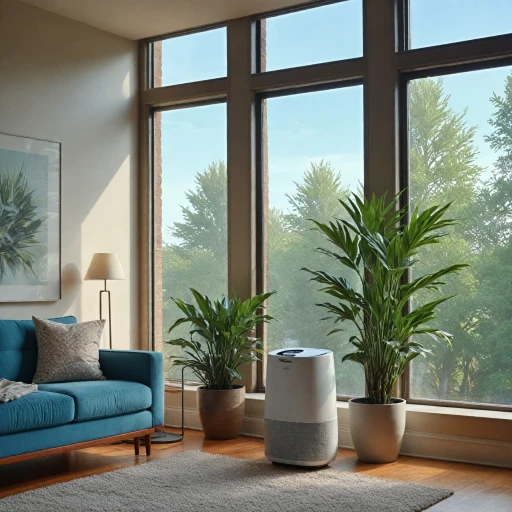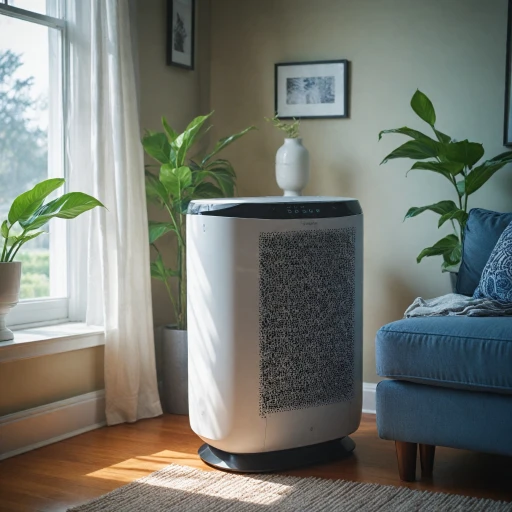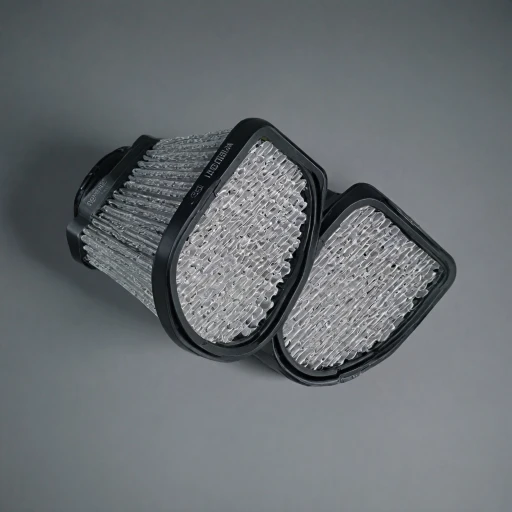
Understanding Cooking Odors
Uncovering the Source and Nature of Cooking Smells
Cooking odors are a common concern in many households, especially those who enjoy experimenting with various cuisines. These smells, while delicious during mealtime, can linger long after the meal has been prepared. Let’s explore why it happens. Cooking odors are primarily caused by the release of organic compounds and smoke that are generated during the cooking process. Different cooking methods, whether frying, grilling, or baking, release different compounds into the air.- Organic Compounds: When food is heated, it releases volatile organic compounds (VOCs) which are responsible for the distinct smells. These compounds can cling to fabrics and other surfaces in the room, leading to persistent odors.
- Smoke and Particles: Cooking methods that involve high heat, such as frying, often produce smoke filled with airborne particles. These particles can spread quickly, affecting air quality in the kitchen and surrounding areas.
- Room Ventilation: Poor ventilation in the kitchen can exacerbate the problem, trapping smells and particles inside.
How Air Purifiers Work Against Odors
An Insight into How Air Purifiers Combat Cooking Related Odors
Cooking odors, often lingering and persistent, can be challenging to eliminate. However, understanding the mechanism of how air purifiers work can reveal their effectiveness against these kitchen smells.
Air purifiers primarily work by capturing airborne particles through different stages of filtration. A combination of HEPA filters, activated carbon filters, and sometimes pre-filters, helps to tackle various pollutants, including cooking-related smoke and odors.
- Pre-Filter: This first stage captures larger particles like dust and pet hair, which can carry unwanted smells into your kitchen air.
- HEPA Filter: Known for its capability to capture fine airborne particles, the True HEPA filter is crucial in maintaining high air quality by trapping even the smallest organic compounds involved in common cooking odors.
- Activated Carbon Filter: The core of odor elimination, this filter is designed to absorb volatile organic compounds and other malodorous particles effectively, ensuring your room remains free of lingering cooking smells.
Additionally, some modern air purifiers, like the Levoit Core series, offer advanced features such as auto mode to adjust the filtration intensity based on the air quality detected in the environment. This ensures that your purifier works efficiently, particularly when cooking activities start releasing more particles into the air.
Another beneficial consideration is understanding the distinction between air purifiers and dehumidifiers, which can both affect kitchen air quality but serve different purposes. Incorporating the best air purifier tailored for kitchen use can enhance your overall air quality management strategy, tackling cooking odors at the source.
Key Features to Look for in an Air Purifier
Essential Features to Consider in Your Air Purifier
When it comes to ensuring clean air in your kitchen, the right air purifier can make all the difference. To effectively combat cooking odors and maintain high air quality, there are several key features you should keep in mind when selecting an air purifier.- HEPA Filters: High-Efficiency Particulate Air (HEPA) filters are renowned for capturing airborne particles as small as 0.3 microns. This makes them ideal for removing not only smoke and cooking odors but also other pollutants that affect air quality. A true HEPA filter is a must-have for efficient air purification.
- Carbon Filters: Activated carbon filters are essential for absorbing odors and volatile organic compounds (VOCs). These filters neutralize cooking smells and ensure that your kitchen remains odor-free. Carbon filters are a top choice for tackling persistent kitchen odors.
- Multi-Stage Filtration: Many top air purifiers offer a multi-stage filtration system, combining pre-filters, HEPA filters, and carbon filters. This comprehensive approach ensures that both large and small particles, as well as odors, are effectively eliminated.
- Auto Mode: An air purifier with an auto mode can adjust its settings based on the air quality in the room. This feature allows for automatic detection and removal of pollutants, ensuring optimal purification without manual intervention.
- Brand and Model: Consider reputable brands like Levoit, known for their Levoit Core series, which offer a range of efficient and reliable products. Choosing the best air purifier tailored to your specific needs, such as those designed for cooking odors, will provide the best results.
- Room Size Compatibility: Make sure the purifier is suitable for the size of your kitchen. An air purifier that is too small for your room may not effectively remove particles and odors.
Comparing Different Types of Air Purifiers
Variety of Air Purifiers: A Comparative Overview
When tackling kitchen smells and cooking odors, selecting the right air purifier is crucial. Different types come with varying capabilities and strengths, so it’s essential to understand which might suit your needs best.- HEPA Air Purifiers: Recognized as the top choice for removing airborne particles, HEPA filters capture 99.97% of particles as small as 0.3 microns, including smoke and pollen. The presence of true HEPA filters ensures that even the most stubborn particles and odors are addressed effectively.
- Activated Carbon Air Purifiers: These purifiers are especially effective for reducing kitchen odors and smoke smells. The activated carbon filters work by absorbing volatile organic compounds (VOCs) and other gaseous pollutants, making them ideal for enhancing air quality in areas prone to pungent smells, like your kitchen.
- UV-C Air Purifiers: While primarily designed for killing mold spores and bacteria, these purifiers may include additional filtration stages, like HEPA and activated carbon filters, to help with everyday kitchen air issues. It's a comprehensive choice for those concerned about both odors and germs.
- Auto Mode Purifiers: Many modern air purifiers, such as the Levoit Core, feature an auto mode that adjusts settings based on air quality readings. This ensures optimal performance without constant manual adjustments. It is a convenient feature for those who need a hands-off approach.
Tips for Maximizing Air Purifier Efficiency
Boosting Air Purifier Performance
To get the best out of your air purifier, especially when dealing with cooking odors, it's essential to employ some practical strategies. By doing so, you'll not only enhance the air quality in your kitchen space but also extend the lifespan of the purifier's filters. Here's how you can maximize your unit's efficiency.
- Regular Cleaning and Maintenance: Ensure that the air purifier and its components, such as the pre filter and carbon filter, are kept clean. Routinely remove and wash, or replace, filters according to the manufacturer's instructions to maintain optimal airflow and filtration efficiency.
- Strategic Placement: Place your air purifier in a central location in the kitchen to ensure the even distribution of clean air. Additionally, keep doors open to allow for better air circulation. Make sure that the purifier is not obstructed by furniture or walls, which can hinder performance.
- Use Auto Mode: Utilizing auto mode on purifiers like the Levoit Core can adjust the fan speed automatically based on the detected level of odors or particles, making it an energy-efficient choice while maintaining air quality.
- Optimize Filter Choices: Consider using HEPA filters together with activated carbon filters. This combination provides a multi stage filtration system that effectively captures both airborne particles and organic compounds responsible for kitchen smells.
- Seal and Ventilate: Ensure your kitchen is well-sealed to prevent odors from spreading to other parts of the house, while also using ventilation to remove smoke and smells. This can help your air purifier work more efficiently by reducing the initial load of pollutants.
- Monitor Air Quality: Many modern air purifiers come equipped with sensors or indicators that gauge air quality. Pay attention to these readings, and adjust settings accordingly to keep your kitchen free from cooking odors.
By incorporating these tactics, you can create a more effective defense against smells and particles in your kitchen, ensuring that the air purifier operates at its best and your indoor air remains fresh and healthy.
Additional Strategies for Reducing Cooking Odors
Enhancing Kitchen Air Quality with Practical Measures
To complement the power of air purifiers, it's useful to adopt some practical strategies that can further mitigate cooking odors in your kitchen. These additional steps can work synergistically with your purifier to ensure a more pleasant environment.- Ventilation: One of the simplest ways to enhance air quality is by ensuring proper ventilation in the kitchen. Opening windows or using an exhaust fan can help dissipate smoke and airborne particles, reducing the load on your air purifier.
- Regular Cleaning: Consistently cleaning kitchen surfaces, including countertops, stovetops, and range hoods, can prevent the accumulation of food residues that contribute to persistent smells. This practice helps in maintaining clean air quality.
- Cooking Techniques: Switching to cooking methods that produce fewer odors, such as boiling or steaming instead of frying, can minimize the creation of stubborn kitchen smells. Less smoke means less strain on air filters.
- Use of Lid and Covers: Covering pots and pans while cooking can prevent smells from escaping into the room. This can significantly cut down on the odors that your air purifier needs to tackle.
- Fresh Ingredients: Opt for fresh ingredients rather than canned or processed ones, which often emit strong smells due to their additives and preservatives. Organic compounds can linger less in the air.
- Natual Deodorizers: Utilize natural deodorizing agents like baking soda, vinegar, or lemon juice, which can neutralize odors on various kitchen surfaces. These options are an excellent complement to stage filtration systems in air purifiers.
